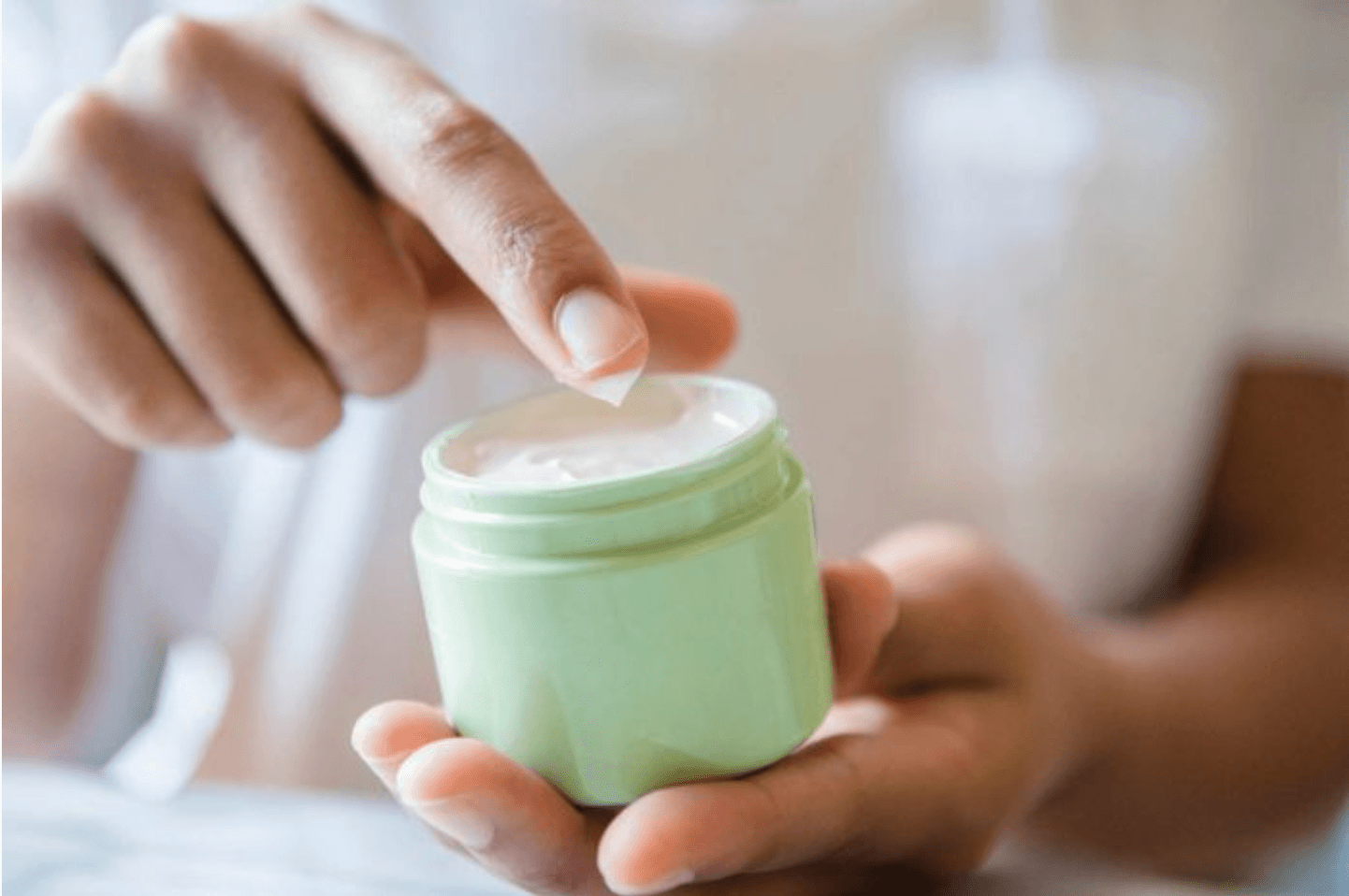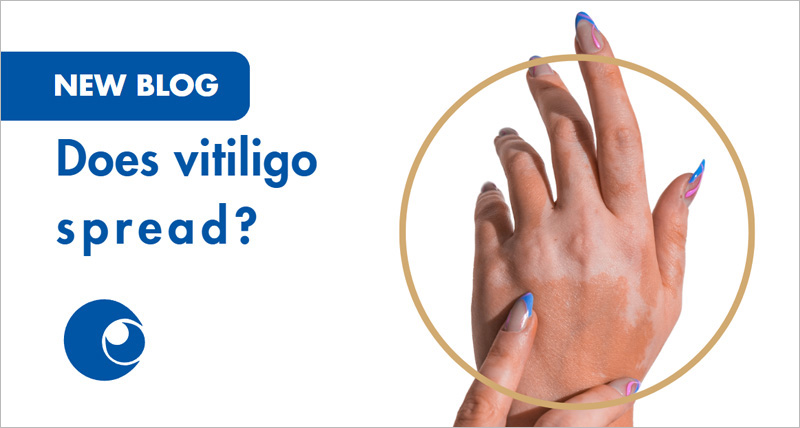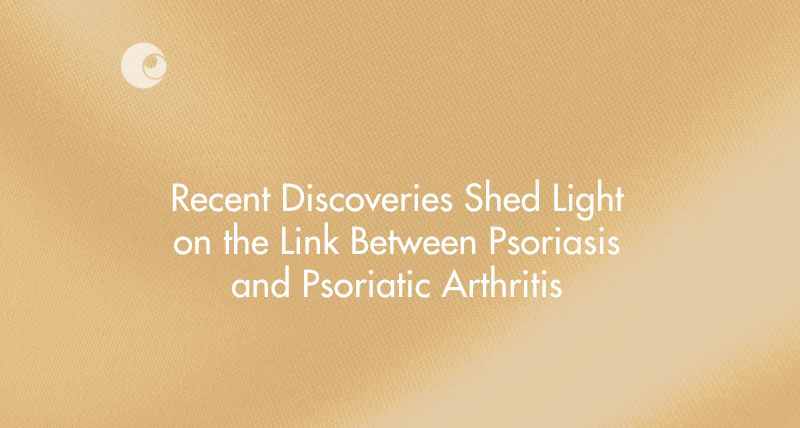Have you ever squinted at the list of barely pronounceable ingredients on the back of a sunscreen bottle? If you’ve wondered whether a homemade, natural version would be a safer alternative, you’re not alone.
Key points:
- Study looked at ingredients and claims for DIY sunscreen recipes on Pinterest
- Most recipes made claims that couldn’t be backed up
- Australia’s stringent sunscreen testing means commercial products are safer and more reliable than those made at home, expert says
Instructions for do-it-yourself sunscreen abound online, especially on the social site Pinterest, which is home to hundreds of recipe “pins”, or bookmarks. Many of which have been resaved thousands of times.
But a new study, which put a sample of these Pinterest recipes to the test, has found most made claims that could not be backed up.
Nearly all the pins put homemade sunscreen in a positive light, but the majority offered insufficient UV protection, leaving people vulnerable to sunburn and increased skin cancer risk, reported a team of US researchers this week in the journal Health Communication.
“Homemade in this case is not safer,” said Dr Samantha Eisman, a Melbourne-based dermatologist who was not involved in the study.
“There appears to be a growing interest in a shift to using ‘natural’, organic, drug-free, chemical-free, low-cost products associated with cleaner living.
“Unfortunately not only are these ineffective but unsafe too.”
Toxins and testing
Concerns about toxins are commonly cited in blog posts offering homemade sunscreen recipes, but commercial sunscreens are actually safer because of the stringent testing they undergo, said Terry Slevin of the Public Health Association of Australia.
Australian sunscreens are subject to testing by the Therapeutic Goods Administration, which measures stability, sun protection across the UV spectrum and water resistance.
You can tell if a sunscreen is TGA approved if it has an AUST L number, usually found on the back of the package.
“The standard that Australian sunscreens have to reach is a high standard. It’s internationally recognised. It’s objectively assessed. And it undergoes proper objective scrutiny. A recipe you take off the internet doesn’t have any of that,” Mr Slevin said.
Websites promoting a “natural” lifestyle have surged with a broader social shift towards clean living, the authors observed in the paper.
“It is concerning that the ingredients recommended in the homemade sunscreens offer minimal scientifically proven broad-spectrum protection from UV radiation yet seem to be widely shared and promoted as safe alternatives to commercial sunscreens on Pinterest,” they wrote.
“The proliferation of homemade sunscreens is following the same trend as the anti-vaccine movement with social media is being used to promote and share information that could be harmful.”
Broad-spectrum sunscreens are those that protect against both UVB — the part of the ultraviolet spectrum that causes sunburn and contributes to skin cancer risk — and UVA, which can cause wrinkles and premature ageing.
If reliable options exist, choose them, expert says

Most of the sunscreen recipes examined in the study contained oils such as coconut or avocado, and many included beeswax, zinc, shea butter and essential oils.
Zinc oxide is an active ingredient in many commercial sunscreens, so it’s likely that a homemade version would offer some kind of sun protection, Mr Slevin said. But that’s not the only factor to consider.
“How long is it going to last, how cosmetically acceptable is it going to be? What exact level of SPF you can expect to get from it, what dose?” he said.
“Are you going to trust somebody who’s having a crack in the kitchen and coming up with a few ingredients that might work or are you going to trust the process that has objective evidence and a third-party scrutiny applied to it?
“While I can appreciate the enthusiasm and good intent of the people putting these things up, it comes down to is this really a sensible option in Australia in 2019?”
And while many of the online recipes named price as a reason to DIY, Mr Slevin pointed out store-bought sunscreen didn’t have to be expensive.
“When you bring together all the ingredients for some of the recipes I’ve seen, if you buy a decent sized pump pack of one or two litres, the reality is you’re going to get just as good, if not better, value for money for a product with actual genuine scrutiny and a formula that works,” he said.
Sunscreen’s not a suit of armour — protect yourself properly
Most of the adverse affects surrounding sunscreen in Australia actually come from people not using enough, Mr Slevin said.
Being vigilant about reapplying frequently, using enough sunscreen (a teaspoon per limb is recommended) and being aware that swimming, sweating and towelling off remove some of that carefully applied cream, are all part of protecting yourself.
“Wear sunscreen. It works. Let’s not get complicated about it,” Mr Slevin said.
And don’t just rely on a cream or spray: hats, sun-safe clothing and staying in the shade during the parts of the day when the UV index is highest are important too.
Top 5 sunscreen myths
| Myth 1 | Sunscreen shouldn’t be used on a daily basis as it’s not safe
FALSE: Sunscreen and sunscreen ingredients are strictly regulated by the TGA to ensure it is safe and effective. It can be worn on a daily basis without harming your health and should be used alongside other forms of sun protection, whenever UV levels are 3 or above. |
| Myth 2 | Using sunscreen will stop you getting enough vitamin D
FALSE: A number of studies show sunscreen use in real life has minimal impact on vitamin D levels. In summer, most Australians get enough vitamin D through incidental sun exposure — for instance while walking to the shops at lunch. Even those who are vitamin D deficient shouldn’t sunbake or skip sun protection. |
| Myth 3 | If you have a good sunscreen it’s enough to protect you from the sun
FALSE: Sunscreen should always be used in conjunction with protective clothing, seeking shade, a broadbrim hat and sunglasses. Sunscreen is not a suit of armour and shouldn’t be used to extend your time in the sun. |
| Myth 4 | Using a water resistant SPF50+ means you can stay in the sun longer without having to reapply
FALSE: Any sunscreen should be reapplied every two hours, or after swimming, sweating or towel drying, regardless of the level of water resistance advised on the bottle. |
| Myth 5 | You only need a little bit of SPF50+ to be protected
FALSE: To get the correct level of SPF you need to apply the right amount of sunscreen. This should be at least one teaspoon per limb, one for the front of the torso, one for the back, and one for the head. This is seven teaspoons (or 35ml) in total. |
Source: Cancer Council Australia
Article written by Tegan Taylor
Link to original article: Homemade sunscreen recipes abound on Pinterest, but their claims are overhyped, study finds








